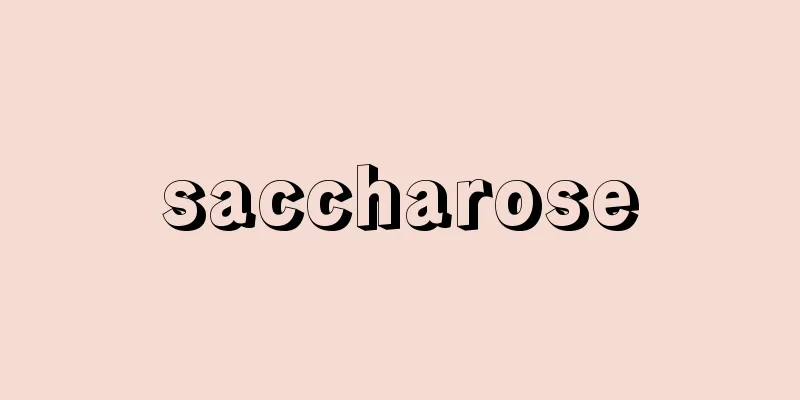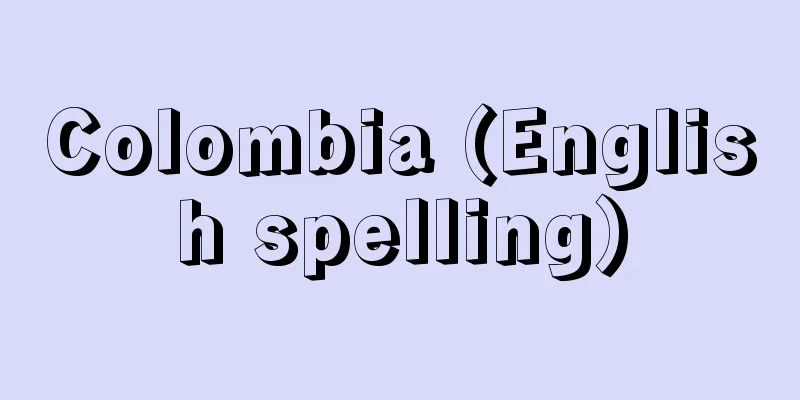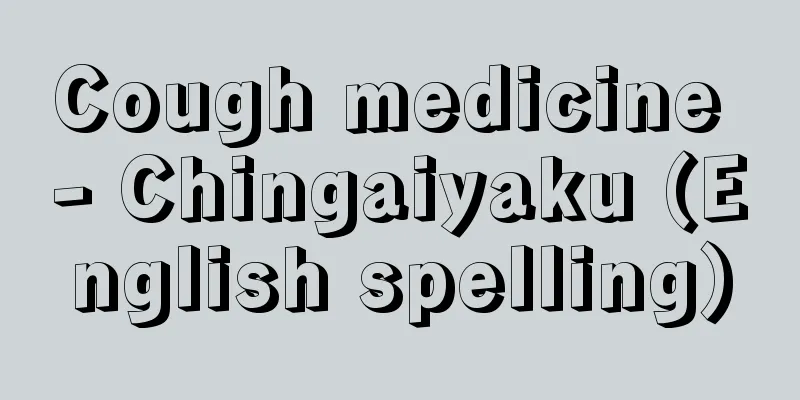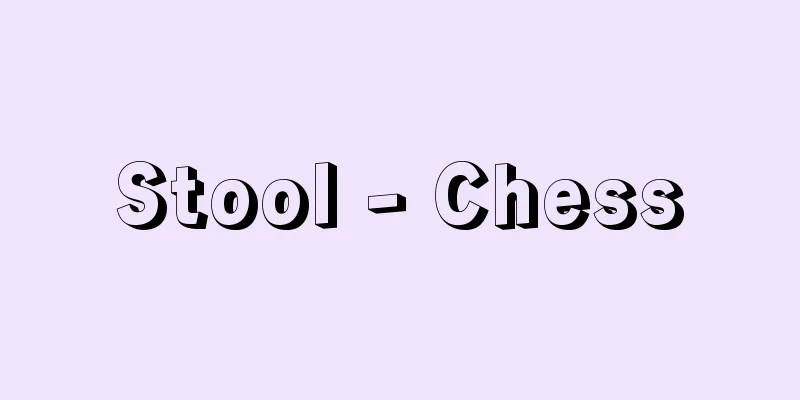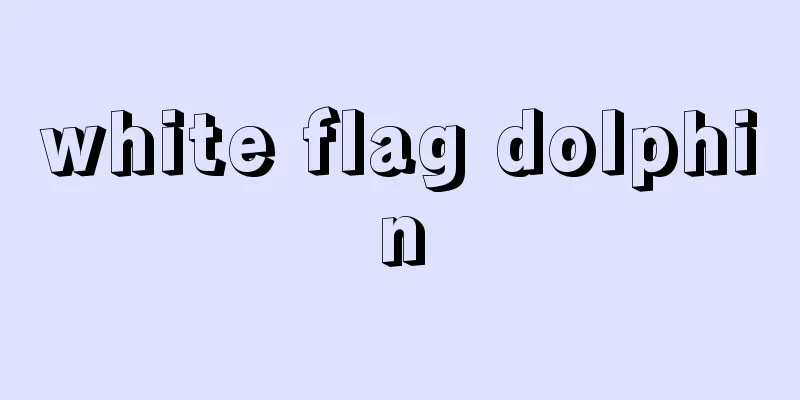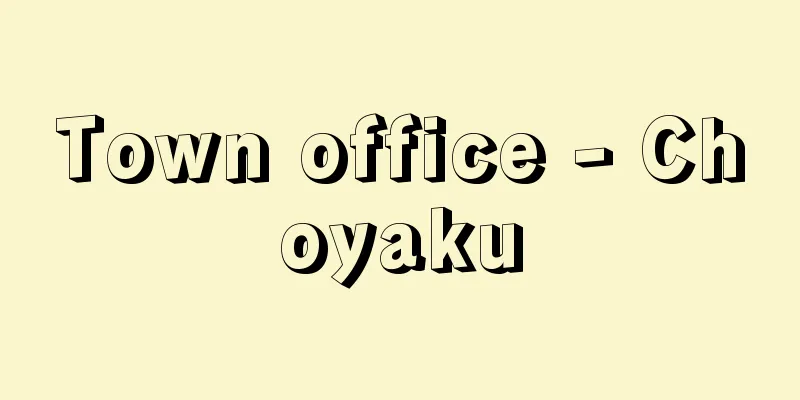Jump appeal - Choyakujoukoku
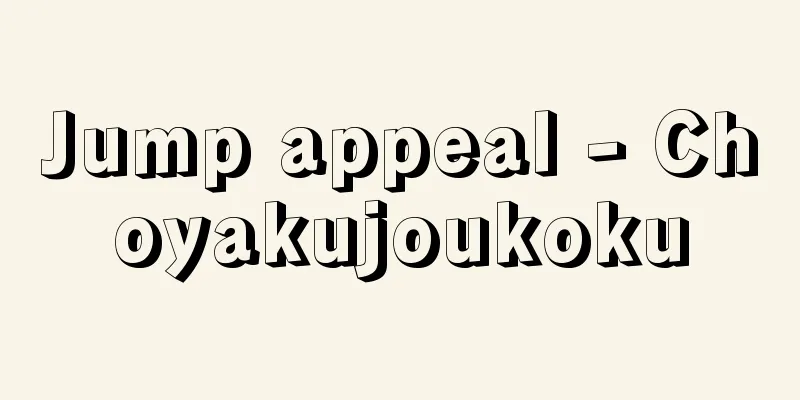
|
This refers to an appeal that skips the appeal court and goes directly to the Supreme Court as an exception to the three-court system. It is also called a jump appeal or a skipped appeal. [Ichiro Uchida and Morikazu Taguchi] Jump appeals in criminal casesThere are two types of jump appeals under the Criminal Procedure Law. One is to omit an appeal and directly appeal to the Supreme Court against a first instance judgment made by a district court, family court, or summary court on the grounds that the judgment found a law, order, regulation, or disposition to be unconstitutional, or that the ordinance or regulation of a local government to be unlawful, and the second is to appeal to the Supreme Court against a first instance judgment made by the above-mentioned court on the grounds that the judgment found that the ordinance or regulation of a local government conforms to the Constitution or law (Criminal Procedure Rules, Articles 254 and 255). In principle, the judgment that allows an appeal is the first or second instance judgment of a high court, but as an exception, the Supreme Court may itself accept the case as the appellate court, in accordance with the provisions of the above rules, only before the judgment is finalized, in cases that are deemed to include important points regarding the interpretation of laws and regulations (Criminal Procedure Law, Article 406). [Ichiro Uchida] Jump appeals in civil casesUnder the Civil Procedure Law, if after the final judgment of the first instance is rendered, both parties reserve the right to appeal and agree not to appeal, they may appeal directly against the final judgment of the first instance (Article 281, paragraph 1, proviso). This is permitted because when there is no longer any dispute over factual issues and there is only a complaint about legal issues, it would be counter to litigation economy to formally insist on a three-instance system and force an appeal. The court with jurisdiction over a jump appeal is the same as for a normal appeal: if the first instance is a district court, it is the Supreme Court, and if the first instance is a summary court, it is the High Court. [Takeyoshi Uchida and Tetsuo Kato] [Reference] | | |Source: Shogakukan Encyclopedia Nipponica About Encyclopedia Nipponica Information | Legend |
|
三審制の例外として、控訴審を省略し、直接上告審を求める上訴をいう。飛躍上告あるいは飛越上告(とびこしじょうこく)ともいう。 [内田一郎・田口守一] 刑事訴訟における跳躍上告刑事訴訟法上は二つの跳躍上告がある。一つは、地方裁判所、家庭裁判所または簡易裁判所がした第一審判決に対して、その判決において法律、命令、規則もしくは処分が憲法に違反するものとした判断、または地方公共団体の条例もしくは規則が法律に違反するものとした判断が不当であることを理由として、控訴を省略して直接に最高裁判所に上告することである。もう一つは、検察官が前記各裁判所のした第一審判決に対して、その判決において地方公共団体の条例または規則が憲法または法律に適合するものとした判断が不当であることを理由として、最高裁判所に上告することをいう(刑事訴訟規則254条、255条)。上告を許す判決は、原則として高等裁判所の第一審または第二審の判決であるが、最高裁判所は、例外として、法令の解釈に関する重要な事項を含むものと認められる事件については、その判決確定前に限り、前記の規則の定めるところにより、自ら上告審としてその事件を受理することができる(刑事訴訟法406条)。 [内田一郎] 民事訴訟における跳躍上告民事訴訟法上、第一審の終局判決後、当事者双方が上告をする権利を留保して、控訴をしない旨の合意をしたときは、第一審の終局判決に対し直接に上告することができる(281条1項但書)。これが認められるのは、事実問題についてはもはや争いがなく法律問題についてだけ不服があるとき、形式的に三審制を固執して控訴を強制することは訴訟経済に反するからである。跳躍上告の管轄裁判所は通常の上告の場合と同様で、第一審が地方裁判所のときは最高裁判所、第一審が簡易裁判所のときは高等裁判所である。 [内田武吉・加藤哲夫] [参照項目] | | |出典 小学館 日本大百科全書(ニッポニカ)日本大百科全書(ニッポニカ)について 情報 | 凡例 |
Recommend
Accident insurance - shogaihoken
This is insurance that pays benefits when the ins...
swooner
…He became a solo singer in 1942, and became a bo...
Corallium elatius
…[Akira Chikayama]. . . *Some of the terminology ...
Voice (English)
A grammatical category of verbs. Also called aspec...
Cross joint - Oudansetsuri (English spelling) cross joint
A joint that is perpendicular or nearly perpendicu...
Pommern
...After about half a century of fierce fighting,...
Antipodes - Antipodes
…Pliny the Elder's representative work, Natur...
Money market
The money market is a market in which short-term f...
Beomeosa Temple
A temple in Busan Metropolitan City, South Korea....
Meloidogyne incognita (English spelling)
…[Haruo Inagaki]. . . *Some of the terminology th...
Childhood tuberculosis
This is a rare form of tuberculosis that occurs i...
Nagano Shinkansen
This is the provisional nickname for the section ...
Lymphangitis - Lymphangitis
What is the disease? Inflammation of lymphatic ve...
"The Life and Death of 9413 - Hollywood Extra" - The Life and Death of 9413 - Hollywood Extra
... Around the same time, other films were being ...
Mariyanna
…The Indo-Aryan tribes who migrated were few in n...
